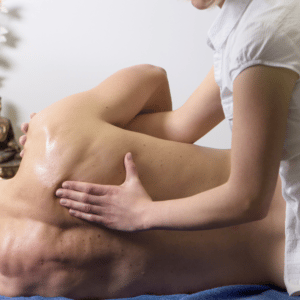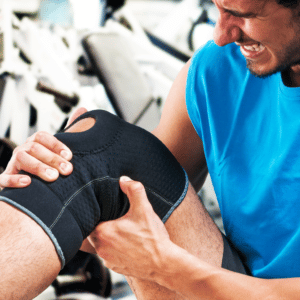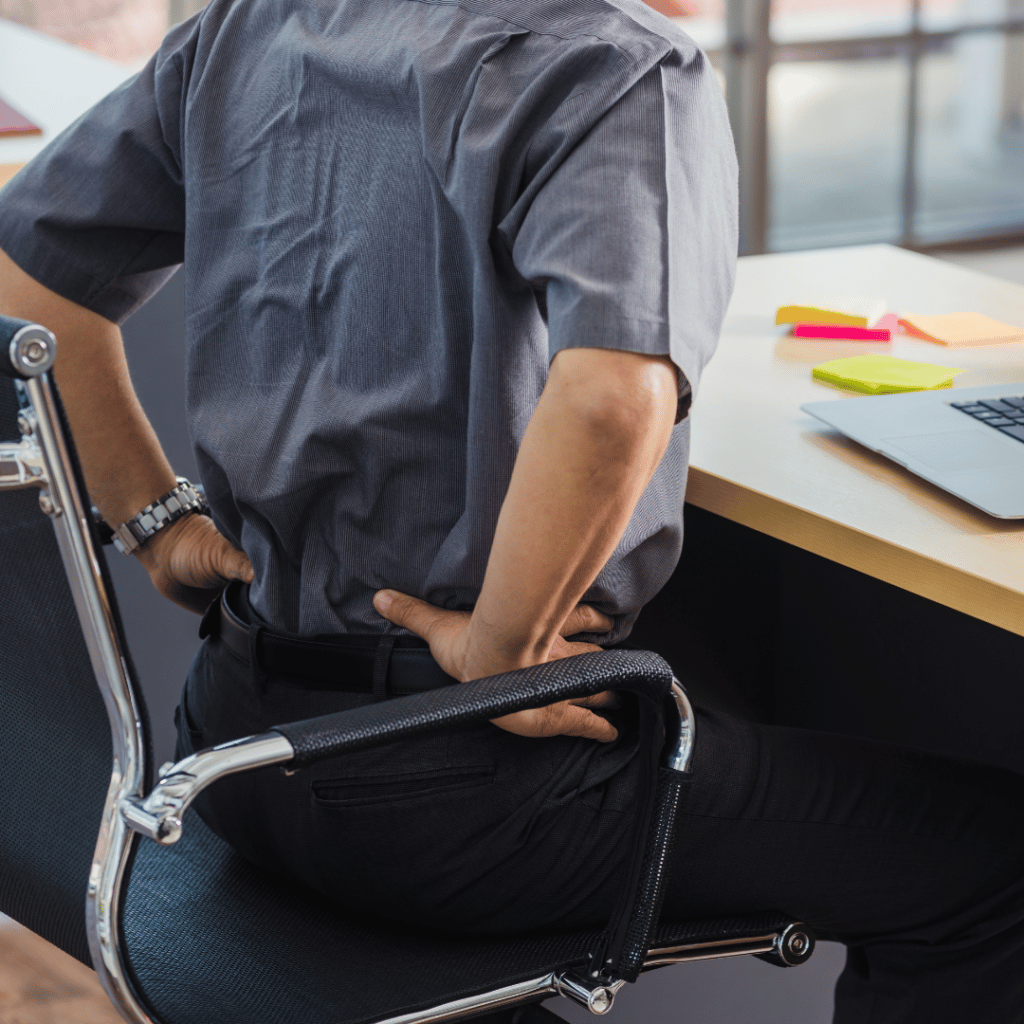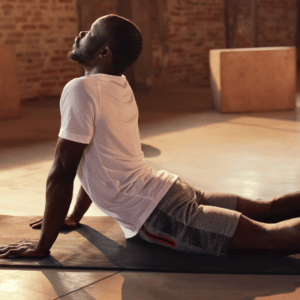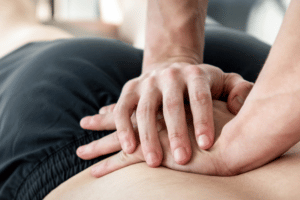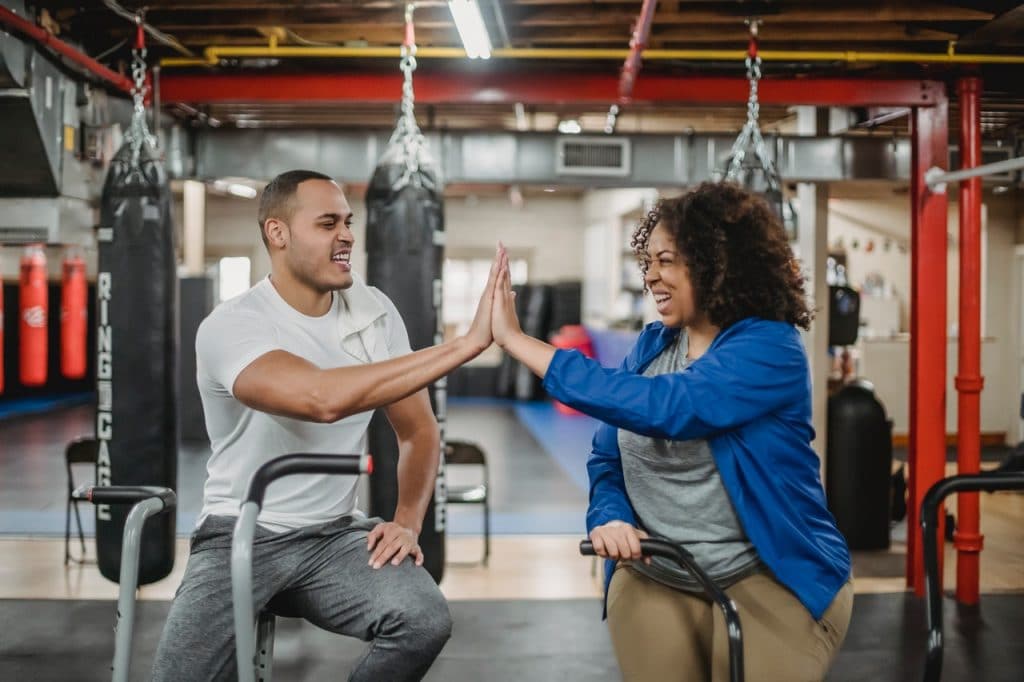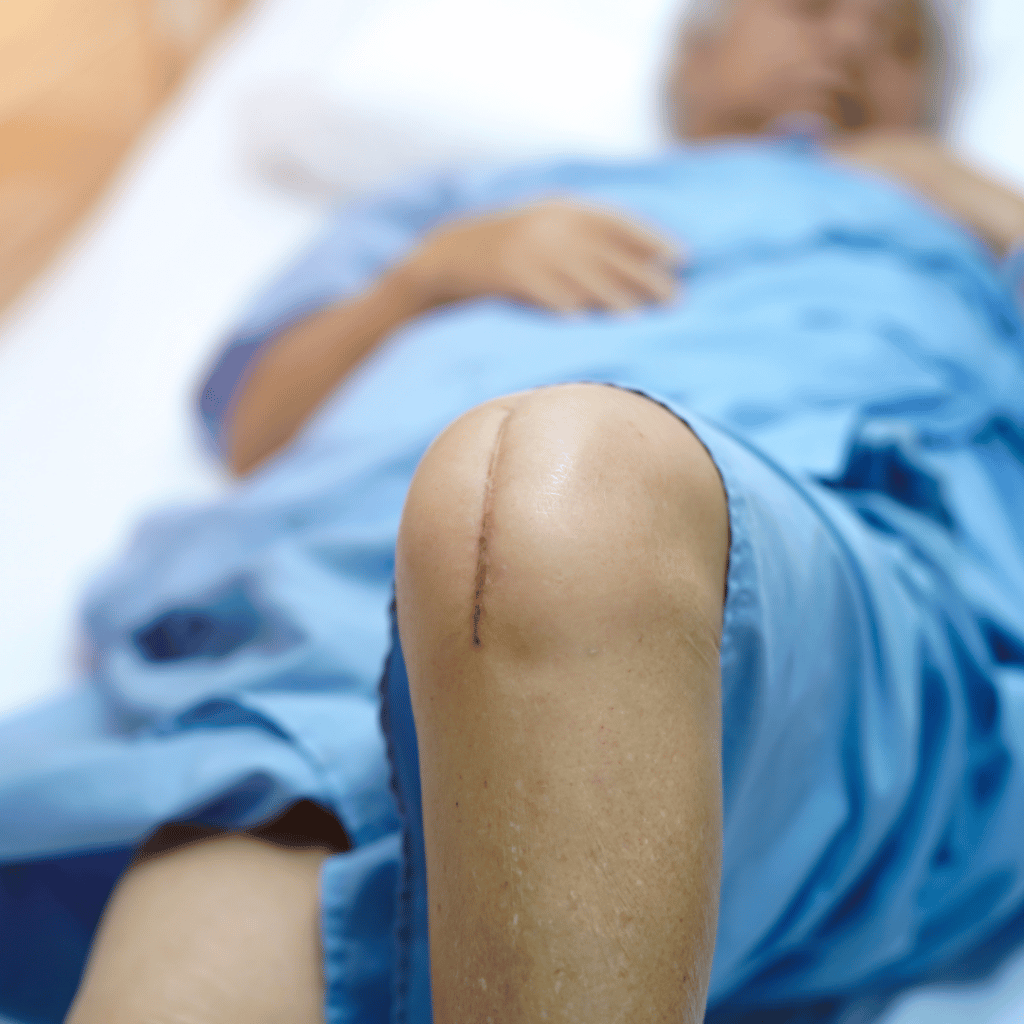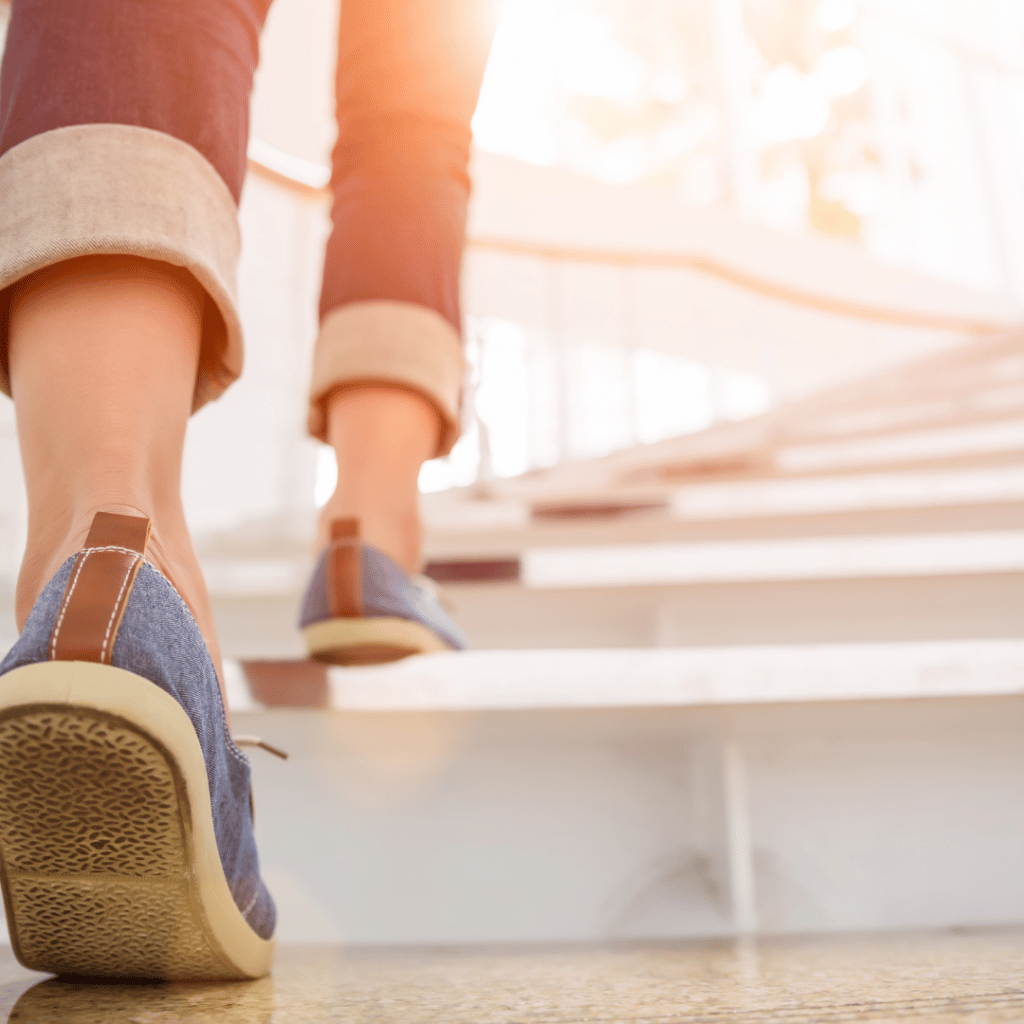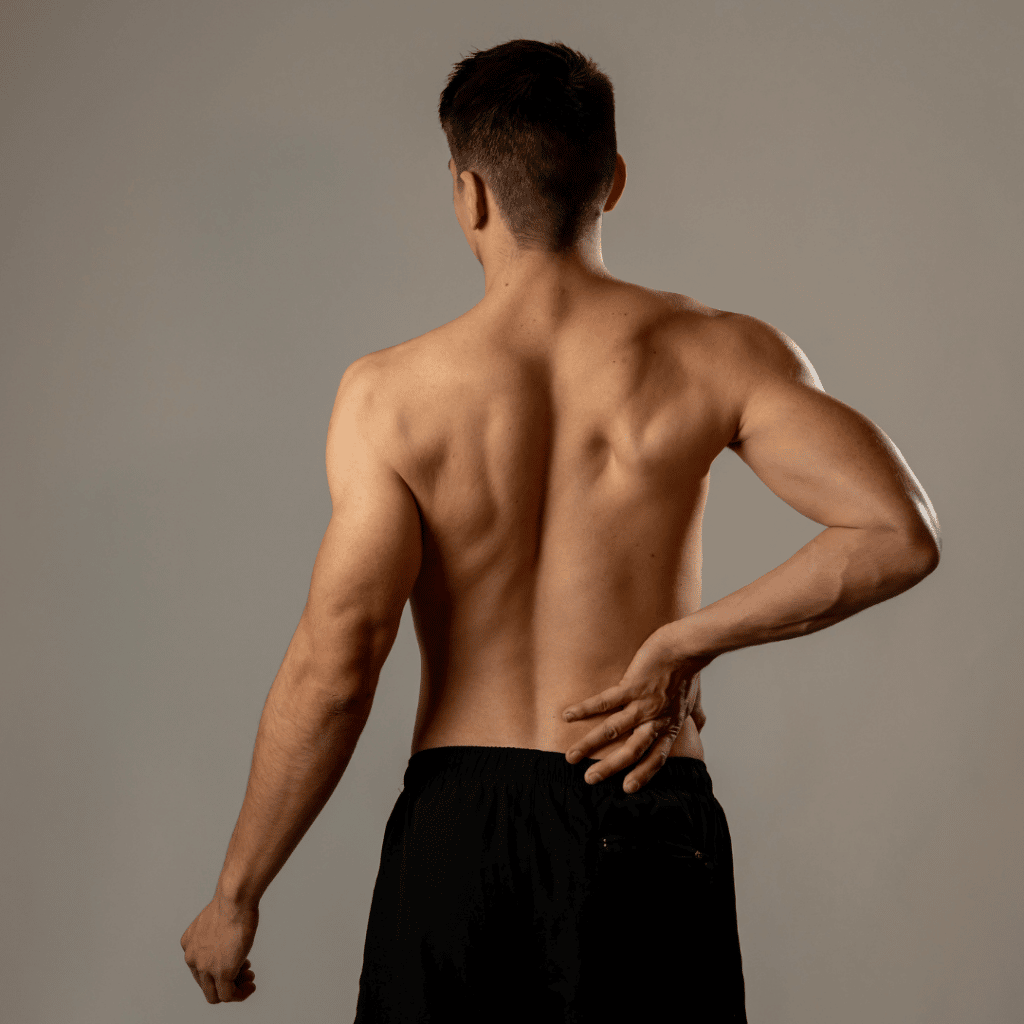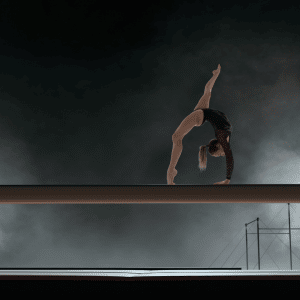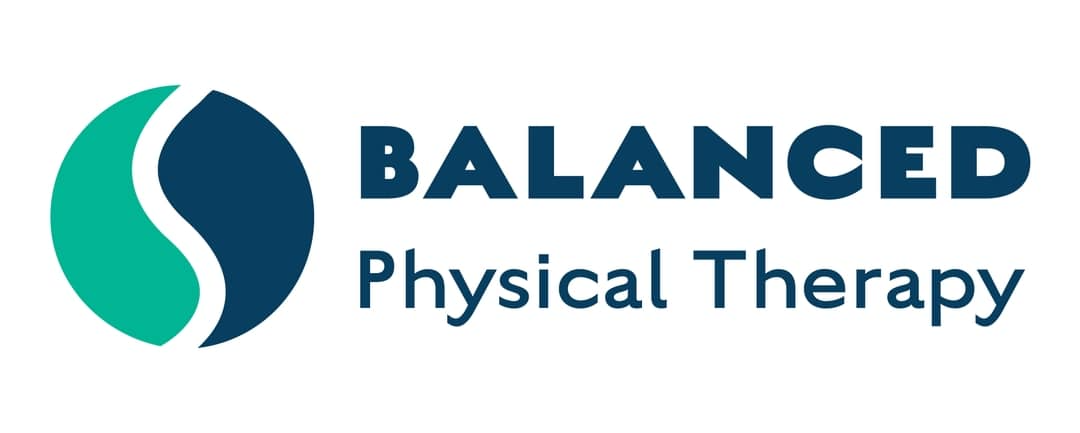5 Important Questions To Ask Your Physical Therapist Before Starting Treatment
Physical Therapy Questions To Ask Before Starting Treatment
If you are starting physical therapy for the first time or someone returning for another round of treatment but trying a different clinic, ask these five crucial questions before you begin treatment. These questions will help you make more educated decisions about your health while avoiding setbacks, wasting time, and insurance benefits. Ask these questions over the phone before your first appointment or during the initial evaluation to ensure your treatment plan is clear and in line with your goals and expectations.

Question 1: What specialized training do you have to treat my particular condition?
Each physical therapy practice specializes in different types of rehabilitation, and each therapist that works at the practice also has their own specific education and certifications. Make sure to ask your therapist if they treat your condition or symptoms regularly and what credentials they have that will benefit you during recovery.
The American Board of Physical Therapy Specialties list ten specialties, which is always great to identify to start:
- Orthopedics
- Cardiovascular and Pulmonary
- Clinical Electrophysiology
- Geriatrics
- Neurology
- Oncology
- Pediatrics
- Sports
- Women’s Health
- Wound Management
On top of that, there are individual certifications and continued education for therapists, such as:
- DPT– Doctor of Physical Therapy
- OCS- Orthopedic Certified Specialist
- MLD- Manual Therapy Certified
- ATC- Athletic Trainer Certified
- PAS- Postural Alignment Specialist
- COMT- Certified Orthopedic Manual Therapist
- BRM- Barbell Rehab Method
- BFR- Blood Flow Restriction Training
- IASTM– Instrument Assisted Soft Tissue Manipulation
And many more.
Question 2: Who will I be working with for each visit? Will it be the same person each time?
Many people run into this problem in as little as a couple of appointments. They have an initial evaluation with a Doctor of Physical Therapy (DPT) and return to their second appointment to find out they will be working with a physical therapy assistant or a physical therapy technician.
Technically, this is ok as long as a licensed DPT is present in the clinic area, but it could lead to some problems with the quality of treatment moving forward. A PTA or PT Tech does not attend the same amount of schooling or have the same experience as a DPT.
If you or someone from your family is a fall risk, has new questions at each appointment, or requires special attention, it may be best to find who you will be working with each time.
At Balanced Physical Therapy, all of our patients get treated by a licensed and certified Doctor of Physical Therapy. We believe this is the best way to provide the safest, most effective care for everyone. Patients experience different symptoms and feel better or worse daily. With Dr. Robert Litzenburg and Dr. Tori Gasperoni working individually with each patient for all appointments, they can adjust treatments quickly, provide timely and accurate education, and notify primary care doctors when necessary.

Question 3: How much time will I get with my physical therapist? How much time will I spend with an assistant, tech, or aid?
A great follow-up question to question number two is to find out the specific details of how much time you spend with each person. Confirm exactly what your treatment will look like if you are getting treatment from a physical therapy clinic that splits up your treatment time between a doctor, the assistant, and/or aid.
Sometimes certain therapy places will have the DPT or PTA perform manual skills at the beginning or end of treatment and exercises under the supervision of a tech/aid/or assistant.
Question 4: How long will each physical therapy appointment be? And how long will I be attending physical therapy?
These two questions for your physical therapist will give you a better idea of how long your recovery process will take. While an exact time may be difficult for any healthcare professional to provide for new patients, you can still gain valuable insight, even if it’s a general estimate.
Appointment times vary from clinic to clinic and typically range from 30 minutes to 45 minutes, up to an hour. At Balanced Physical Therapy, we always say time is valuable and something to consider seriously (which is why we treat every patient for 1 hour). From the surface, patients can flat out get more done in an hour than they can in 30 minutes, allowing them to progress better and/or more quickly. Other patients recover a little slower and can’t rush through an entire treatment program like others, which is another reason more time should be allowed.
Question 5: What will I do at each appointment with my therapist?
Each patient is different and requires specific treatments more than others. Knowing what you will be doing at a physical therapy session for the first week, month, and months after is crucial.
Pain management, strength, flexibility, mobility, biomechanics, and sports-specific exercises are a few possible things to work on during an appointment. Ask this question to make sure what you are doing is safe, will contribute to better outcomes, and help you achieve your long-term goals.
5 Important Questions To Ask Your Physical Therapist Before Starting Treatment Read More »








